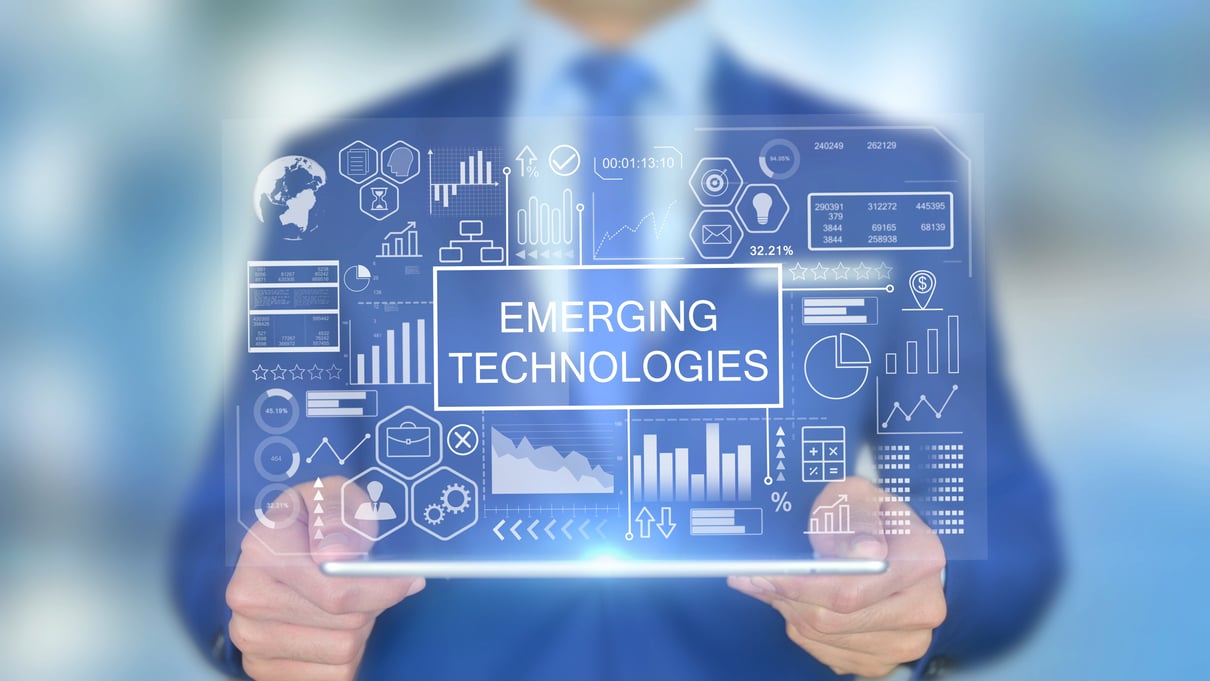
Tech Service Today looks at the top three technology trends that IT leaders should be watching in 2022.
We have all been witness to a global digital revolution over the last several years. Because of technological advancements, things like market growth, innovation, and agility have been fast-tracked. Then the COVID-19 pandemic forced many organizations to mechanize and digitize even more processes, enabling them to be adaptable in difficult times. The effects of the pandemic are going to take some time to disappear. So it is crucial for companies to keep up with the latest technological trends to remain competitive and bolster their growth.
Here are the top three technology trends we encourage IT leaders from every industry to follow in 2022:
5G CONNECTIVITY
Ever since 3G connectivity was introduced, every mobile connectivity development has resulted in new internet use cases. 3G enabled data-driven services and online access. Then came 4G, and with it music platforms and streaming video gained ground. On the heels of 4G comes 5G which offers many advantages over it predecessors
5G technology actually enables a new kind of network that is designed to connect everyone and everything together, including myriad devices and machines. According to Qualcomm, "5G wireless technology is meant to deliver higher multi-Gbps peak data speeds, ultra low latency, more reliability, massive network capacity, increased availability, and a more uniform user experience to more users." The higher performance and improved efficiency of 5G will expand the mobile ecosystem into new realms within every industry (i.e. remote/virtual healthcare, digitized logistics, precision agriculture).
Because of the higher speeds and other significant advantages of 5G, this innovative technology could render many cable and fiber-based networks outdated because, with such networks, you must be physically tethered to a certain location for them to work.
ARTIFICIAL INTELLIGENCE (AI)
Over the last decade, Artificial Intelligence has generated a lot of excitement. While it looks nothing like the AI suggested by the Terminator movies, it continues to be at the forefront of the latest technological trends because its impact on the way people live and work, although already significant, is still in the initial stages. A lot more is expected from this advanced technology in years to come.
In essence, Artificial Intelligence is based on taking mounds of data, identifying patterns, learning from the data (whether generated by a machine or a human being on an end-point device), and programming reactive behaviors based on the data received. Currently, AI is being used in navigation apps, customer service call centers, image and speech recognition, ride-sharing apps, mobile personal assistance, and countless other applications. Several industries are also using a subcategory of AI called machine learning, which has resulted in a greater demand for skilled AI workers in the market. Watch this technology closely, as it has already become a prevalent tool for enhancing functions within every aspect of a business - from marketing to manufacturing.
EDGE COMPUTING
Edge computing allows high-speed and low-dormancy data processing by putting compute & storage devices closer to the endpoints where data is being collected. This greatly reduces the reliance on the cloud which is significant especially to IT leaders concerned with the rising costs associated with cloud computing’s high bandwidth requirements and the intermittent reliability that often comes with it.
In addition to high-speeds and reduced latency, edge computing offers higher degrees of reliability and resiliency not always found in traditional centralized networking environments. For example, edge computing devices will continue to operate even when primary communication channels go down or are just running slowly or intermittently. And when an edge device does fail, it doesn’t affect the operation of any other edge devices, nor become a central point of failure (as is the case with a server in a centralized data center).
While no one predicts that edge computing will completely replace centralized servers and cloud computing, the use-cases for edge computing as a complimentary extension of those environments are growing daily and make Edge Computing a technology worth watching and exploring.
As we enter into 2022, 5G Connectivity, Artificial Intelligence, and Edge Computing are the top three technology trends that IT professionals should monitor closely this year. If your company is to maintain a competitive position within its industry, it is imperative that you not only familiarize yourself with these technological developments, but also investigate ways in which they might benefit (or otherwise impact) your organization’s IT environment and then start weaving them into the fabric of your technology ecosystem.
Need help installing or servicing IT & telecom equipment and cabling in your remote offices? We can help!
Ensuring that your equipment, racks and cabling are installed properly and remain operational requires the talents of skilled IT technicians. If you need help installing or cleaning up your network, contact Tech Service Today to have a skilled, seasoned Technician dispatched to your site.
At Tech Service Today, We SIMPLIFY IT, SERVICE IT, and SOLVE IT.
Call TST when you need on-site technical services anywhere in North America, even same-day when time is of the essence.
Call (800) 973-2022 (option 1), or Email us at Service@TechServiceToday.com

